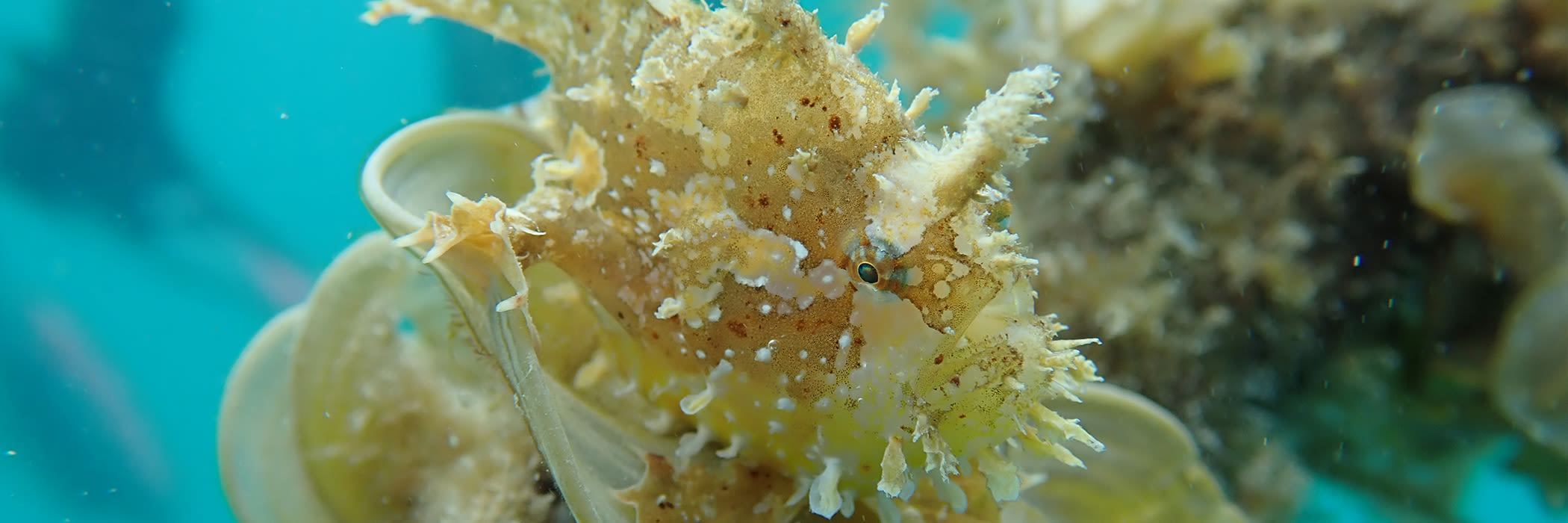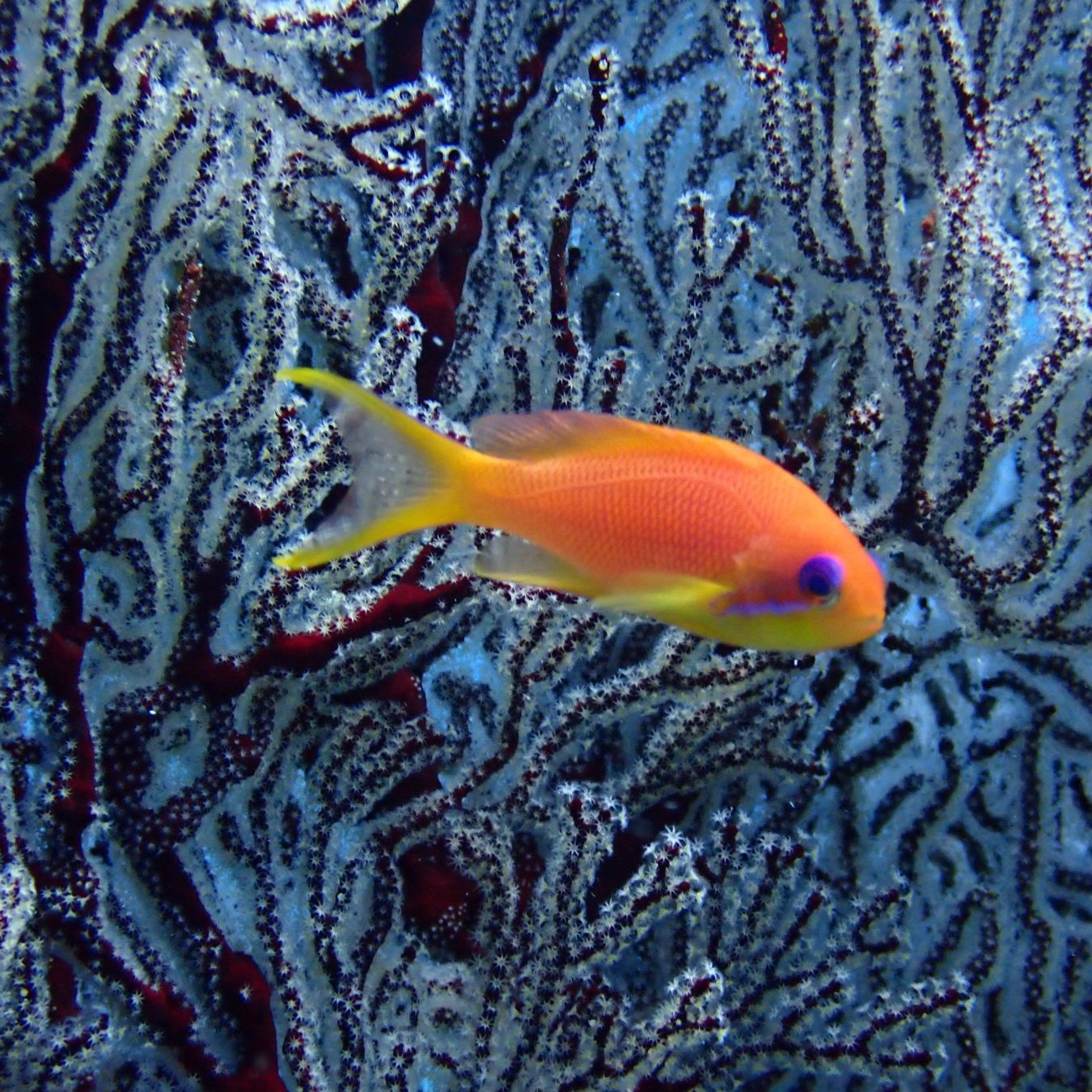DIVE SITES IN ANDAMAN





THE WALL
As the name suggests, this dive site is a wall that drops from 10 metres/ 30 feet down to 55 metres / 180 feet, where it tapers off onto the sand of the channel between Havelock and Peel islands. Dived at various depths, the wall is a challenging dive for beginners and an interesting one for more experienced divers. The currents that flow over the wall with the changing of the tides attract a large number of fish. You can see Napoleon wrasses, giant groupers,trevallies, and snappers swimming over a garden of purple soft corals. Octopuses, scorpionfish, and resident stonefish add to the thrill of this beautiful site.

WHITE HOUSE ROCK
During the dive briefing, some instructors would ask you to imagine a massive plum cake with white toppers – what a delicious imagery you get before the dive!White House Rock is a large stand of rock rising from the bottom at 30 metres / 100 feet toalmost all the way up to the surface. This site boasts steep sides of rock and coral playing host to barracudas, fusiliers, and a variety of surgeonfish. Carpets of fan coral skirt the bottom of the formation, which is peppered with anemones and feather stars.Dolphins often bow ride with the boats on the way to the dive site.

INCHKEITH WRECK
In March 1955, thecargo vessel, SS Inchkeith, carrying coal and timber struck a rock and sank at the mouth of the inlet near Duncan Island. Today, it is a popular dive site with its generally lower visibility giving the wreck an air of mystery. The bow rests on its starboard side with the hatches and cargo hold clearly visible. An enormous propeller is the star attraction at the stern, which sits upright in 18metres / 60 feet of water.Anemones and corals encrust the ship’s skeleton, and solitary giant grouper and great barracuda sometimes emerge from the shadows. The wreck is covered in scorpionfish, cleaner shrimp, and patches of soft corals.

PILOT REEF
A cluster of coral outcrops located just off the entrance to the shipping channel northeast of Havelock. Large stands of corals and rocks provide shelter to a variety of butterflyfish, angelfish, and bannerfish. Garden eelspeek through the sand, snappers, fusiliers, jewel fairy basslets, and surgeonfish colour the water column, and small clusters of anemones sway in the gentle current.There is also a chance of spotting the elusive and extremely graceful zebra shark at this dive site. The depth starts from 10 metres /30 feet and goes down to 22 metres / 70 feet.

SLOPE
A dive site off the little white channel marker at the entrance of the channel that leads to Havelock’s jetty. The reef slopes gently from 4 metres / 10 feet down to the sand at 20 metres / 65 feet, with the better coral and fish life in the shallows. Peppered with the usual bannerfish, angelfish, schooling fusiliers, and red- tooth triggerfish, this site also has interesting macro life which, along with the well-illuminated shallows, is any photographer’s delight.


JOHNNY’S GORGE
Johnny's Gorge is a bed of low-lying rocky outcrops emerging from the bottom at 26metres / 85 feet. Surrounded by sand in every direction, these rocks have become an oasis of securityand food for everything from small angelfish and anemonefish to spectacular schools of mackerels, barracudas, trevallies,humphead parrotfish, surgeonfish, and snappers. And if this isn't enough, this world-class dive site is also home to reef sharks, giant groupers, large stingrays, and visiting manta and eagle rays. There is very rarely a quiet moment at Johnny's Gorge.

DIXON’S PINNACLE
Giant rock pinnacles emerge from the shadowy bottom of about 34 metres / 110 feet and are covered in colourfulcorals and large barrel sponges. Barracudas hover in mid-water, sometimes joined by batfish and trevallies. Stingrays and Napoleon wrasses cruise along the bottom amidst massive schools of snappers. The top of the pinnacles is a cleaning station buzzing with constant activity. Turtles, moray eels, manta rays, and reef sharks sometimes visit the site to avail of the cleaning service. You can just hover in one spot and take in the beauty of nature all around.

JACKSON’S BAR
Jackson’s Bar is a large strip of rock protruding from the bottom at 30metres / 100 feet. The location of this site, and the invariably strong currents that flow over it, often attract many of the large pelagic species found in the area. Tunas and barracudas cruise by in mid-water while large groupers take refuge along the bottom. Bigger visitors like manta rays, eagle rays, and white-tip reef sharks sometimes stop by to be cleaned by the smaller residents on the site.

BROKEN LEDGE
Broken Ledge is an interesting dive site of low-lying rocky outcrops emerging from the bottom at 24metres / 80 feet. The slanted topography is often compared to a crash-landed flying saucer with one side buried in the sand and the other jutted out. You can swim through the small canyons and findgiant moray eels residing inside the mysterious overhangs. This site has an incredible reef fish density, including lionfish, Napoleon wrasses, marbled groupers, and thousands of schooling longfin bannerfish.

MINERVA LEDGE
Minerva Ledge is too large to take in on one dive, and so there are three locations on the ledge that we take our guests out to. Flat coral gardens stretch out into the blue inhabited by the ubiquitous schools of fusilier, surgeonfish, and snappers. The occasional turtle, moray eel, and giant grouper take refuge under rocky outcrops. The edge of Minerva Ledge tapers down into deeper waters towards the east, and is frequented by pelagic denizens like tunas, barracudas, and marbled stingrays. The strong currents at this site also allows for drift diving.


RED LIGHTHOUSE
An easy dive, ideal for students and novices, as well as underwater photography enthusiasts.It is an oval-shaped reef with a red lighthouse, another channel marker to enter Havelock jetty, right in the centre. This dive site is home to schools of juvenile fusiliers and snappers, bigger sweetlips, and well-camouflaged fish like ghost pipefish, crocodile fish, scorpionfish, etc. A lot of Kuhl's and Jenkin's stingrays rest on the sand during the day and are often spotted. There’s also a scooter-wreck-of-sorts, which presents a great photo op.

OVAL REEF
Oval reef is not one reef, but several patches of reefs around the bigger reef which is, well, you guessed right, oval-shaped! The shallowest part of the reef is about 3 metres / 10 feet and the deepest part is about 15 metres / 50 feet. Schools of juvenile pick handle barracudas, two-spot snappers, and fusiliers are found in this area. In the shallows, you will hear the loud crunching of humphead parrotfish before you see them. Octopuses, colourful nudibranchs, and a variety of anemonefish are also spotted here.

TURTLE BEACH
The dive site just off Turtle Beach is a massive garden of staghorn corals. Adding further colours to the scene are a variety of fish from butterflyfish, anemonefish, angelfish, to parrotfish, and sweetlips. Sometimes you find stingrays lounging on the finest white sand. The easy dive conditions make Turtle Beach a perfect site for macro photography. The stricken giant trees on the beach, victim to the effects of the tsunami, are a sculptural sight to behold above the water. This site is also suitable for snorkellers.

AQUARIUM
The gently sloping reef, easily predictable currents, and resident fish life make this dive like being in an aquarium. This reef is home to the usual reef fish, Moorish idols, moray eels, scorpionfish, and nudibranchs. It tapers gently to the sand where stingrays are sometimes spotted.There are also rare macro treats like the occasional seahorse and fringe-lip flathead. Schools of trevallies and humphead parrotfish also pass by at times. The depth varies from 3 metres / 10 feet to 12 metres / 40 feet. Snorkellers also frequent this site.

NEMO REEF
Nemo Reef, also known as Beach No. 2, is our classroom reef for Discover Scuba Diving and all PADI courses. This very accessible dive site is a delight for first timers with a shallow sandy patch bordered by two lively reefs starting just off an enchanting mangrove beach. Many colourful parrot fish, damselfish, and all kinds of anemonefish (Nemo!) are found here. For macro amateurs, this dive site offers pleasant surprises like pipefish, seahorses, boxfish, baby squids, frogfish, and a nursery of juvenile sweetlips, scorpionfish, crocodile fish and many more. The maximum depth here is 12 metres / 40 feet.